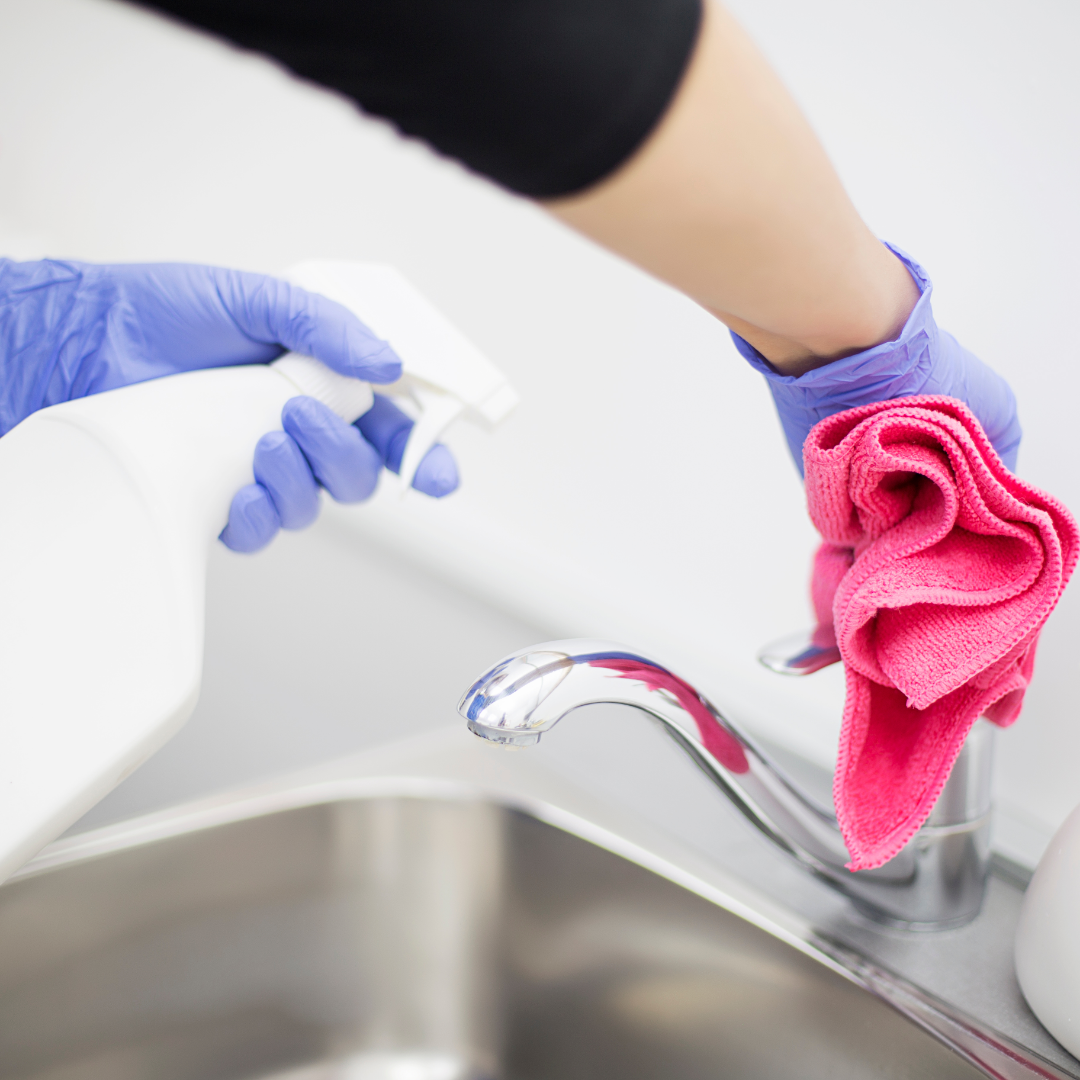COVIDSafe: Planning a return to work for your business
While restrictions are starting to be lifted, COVID-19 will be around for a while yet. That’s why it’s important to put a plan in place for a return to work that keeps your employees safe and healthy.
To help your transition run smoothly, the National COVID-19 Coordination Commission has put together a comprehensive planning tool. It’s designed to be used in conjunction with resources from Safe Work Australia.
Here’s a summary of the step-by-step guide.
Step 1. Conduct a business risk assessment
A risk assessment helps you prepare for an incident like COVID-19 in your business. It’s generally approached in four steps:
- Identify risks – find out what could cause harm
- Assess risks – understand the likelihood of it happening
- Control risks – implement the most effective control measures practicable
- Review – ensure your control measures are working as planned.
Your plan will depend on the nature and size of your business. The larger your business, the more complex your risk management process will be.
Every business is unique, and you and your staff will know your business better than anyone. While some broad measures will work for most people, you can also incorporate specific measures for your business.
For example, if a bakery owner knows he always has a queue for his specialty bread each Saturday. He could implement a risk control measure by encouraging customers to call ahead and have a loaf put aside, to prevent queuing – not only keeping customers safe but also giving them a great experience.
Step 2. Make sure your workplace is clean
This is one of the most important elements of managing COVID-19. Rigorous cleaning should be a big part of your day-to-day business operations. This includes cleaning all surfaces several times a day, supplying sanitiser for customers and staff, and placing posters up around the building.
For a full guide, download Safe Work Australia's cleaning checklist.

Step 3. Set up your workplace for social distancing
We’re all familiar with the 1.5m rule, so now it’s time to enforce it in your workplace.
In high-traffic areas like lift wells and kitchens, you could place markers on the floor. And if you’re in an office, you may need to move workstations apart to comply with social distancing.
For a full guide, download the physical distancing checklist.
Step 4. Follow advice relevant to your industry
Think about what makes your business unique, and additional measures that might apply.
For example, a restaurant owner may want to use disposable menus and single-use condiments, and incorporate a heavy-duty cleaning process for glassware. Or, if you have sales reps on the road, you might provide sanitiser and disinfectant wipes in each vehicle.
For your convenience, Safe Work Australia has put together industry-specific guidelines.
Step 5. Learn how to deal with a COVID-19 infection
Like any medical incident, it’s important to have a plan in place for dealing with a COVID-19 infection. A plan means you can respond in a calm and safe manner.
Your plan should:
- Outline your first action if a COVID-19 infection is identified
- Outline how you’ll clean your workplace, and whether a closure is necessary
- State how you’ll inform employees, and customers if necessary.
Download this invaluable step-by-step guide and put it up in your workplace. Then you and your staff will know exactly what to do if you suspect someone is infected.
Step 6. Adapt your business, now and into the future
Along with COVID-19 precautions, you’ll need to think about other plans to help you re-open or scale up your business.
If you’re an office-based business, it’s a good idea to plan a gradual return to work. This can be done in a few ways:
- Split your staff into two groups, and have them work in the office alternate weeks
- Plan for a gradual return, starting with one day and working up to five
- Have a percentage of staff work from home, while the balance returns to the office.
You’ll also need to look at practical things, like contacting your suppliers to recommence deliveries, checking the electricity and air-con are working and, of course, communicating changes to all your employees.
If your business is taking part in the JobKeeper scheme, you can find out about next steps on the ATO's JobKeeper page.

Step 7. Access support and assistance
COVID-19 is affecting Australian businesses in varying degrees. For some, it has simply meant a transition to remote working. Others are fighting to stay afloat. If your business is impacted, there’s help available.
Financial assistance and support
The Government has a number of COVID-19 financial support packages businesses can access. For information on these, see our article on government assistance.
QBE has also introduced measures to support small and medium business (SME) customers experiencing financial hardship as a result of COVID-19. These include maintaining expiring premiums, deferred premium payments, continued insurance cover for vacant business premises and more.
You can also speak to your bank about support packages. Plus, the government has introduced changes for commercial tenancies, so speak to your landlord if you’re paying rent.
Mental health assistance and support
For many of us, COVID-19 is also taking its toll on our mental health. That’s why the government has put together the My Business Health portal for small business owners. It gives you access to a range of resources, from tips on recharging and reaching out, to managing your business relationships.
The good news is it looks like things will continue to move towards business as usual. By remaining safe and diligent, we’ll be well placed to come out the other side happy and healthy.
And, if you’d like to talk about your business insurance needs as you and your employees return to work and adapt to the ‘new normal’, please contact your broker.
The advice in this article is general in nature and has been prepared without taking into account your objectives, financial situation or needs. You must decide whether or not it is appropriate, in light of your own circumstances, to act on this advice.
